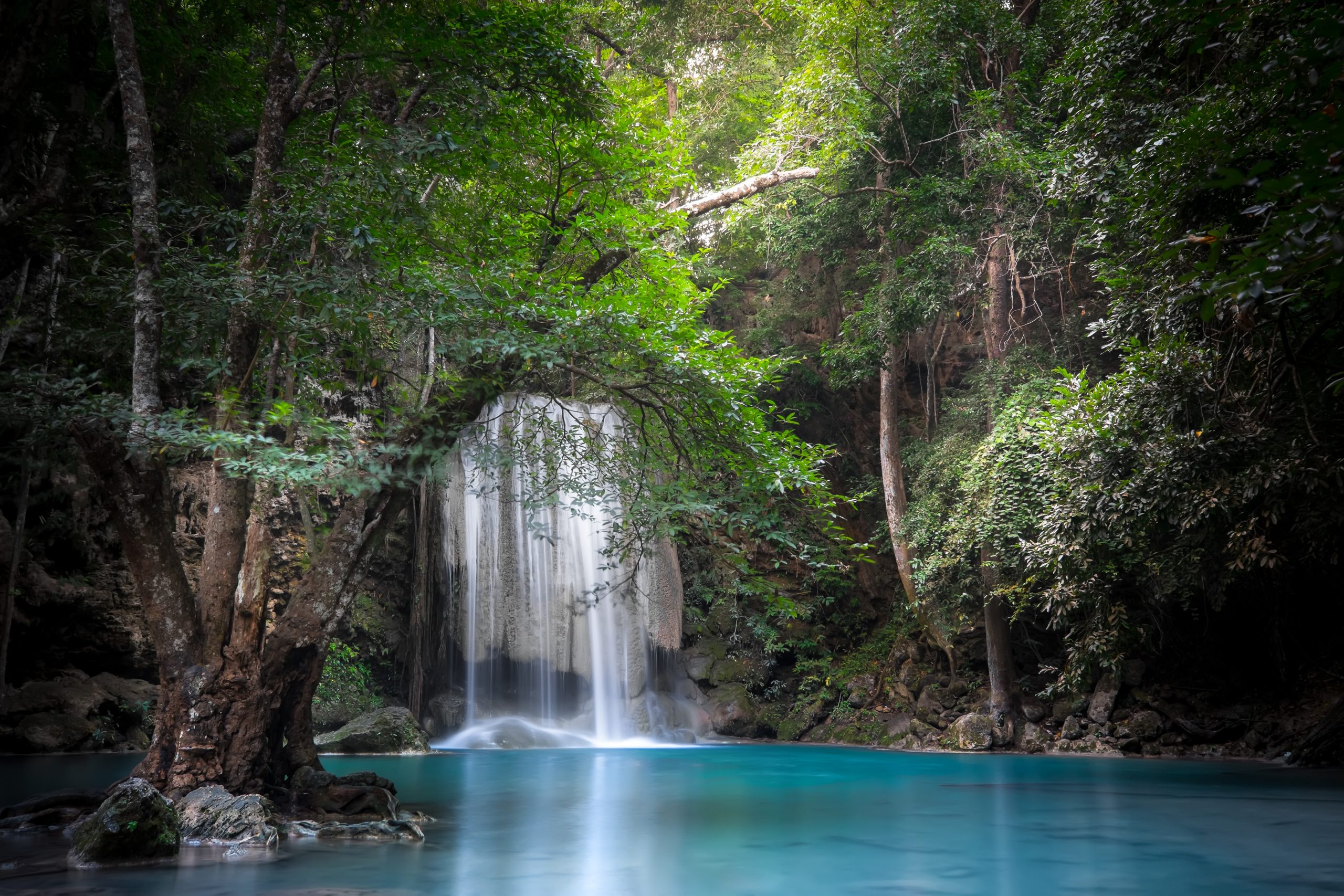
A good documentary often leaves viewers with questions like “How did I not know about this till now?” or “Where can I learn more?” Three documentaries that played at the Chicago International Film Festival this year provoked both in equal measure. From highlighting the overlooked contributions of Black astronauts to chronicling the rhythms of three families who live in a rural Mexican village to following a chef who eats and cooks his way through the Philippines to reconnect with his family history, these films tell stories of those who’ve been overlooked, ensuring that these histories won’t be forgotten.
“The Space Race” celebrates not only the accomplishments of Black astronauts but also highlights their resilience as they faced antagonism from the administrations and country they were trying to represent. From Guy Bluford, the first Black astronaut, to Victor Glover, the first Black astronaut to stay long-term on the International Space Station, the film depicts how these astronauts defied all odds.
It would be easy for a film that seeks to document the history of so many to feel either rushed or do a disservice to part of its story. But “The Space Race” circumvents that by having one person act as a throughline: Ed Dwight. Handpicked by John F. Kennedy to be the first Black astronaut, an elderly Dwight recounts how, despite putting in the blood, sweat, and tears for training, he was ultimately not selected to be an astronaut by NASA. While undoubtedly tragic, the film gives Dwight his long overdue flowers, with each astronaut expressing gratitude for how he paved the way for them.
Directors Lisa Cortés and Diego Hurtado de Mendoza wisely understand that the astronauts are the stars and let the power of their stories speak for themselves. In one such sequence, Guy Bluford shares that when he first went up to space, he was asked whether he felt “one with nature” or had a “spiritual experience.” He retorts that all he could focus on was doing a good job with the hope that after the mission, those in charge would say, “We can fly African Americans, and we don’t have to sweat it.” Interspersed with his account are the grandiose scenes of the cosmos you’d expect from a doc like this, but his words frame them in a new light: while people like Neil Armstrong could afford to drop one-liners, Guy and others did not have that luxury for their first missions. Moments like these reaffirm how the stories in “The Space Race” are essential viewing. As said in the film, “Black history is American history … we forget it at our peril.”

“Food Roots,” which focuses on Chicago restaurateur Billy Dec’s journey through the islands of the Philippines, is more than just a showcase for Filipino cuisine (but viewers beware: food glam shots are in spades here, so make sure to watch this at a theater within walking distance of a Filipino restaurant). The film testifies that recipes are vessels for healing and that cooking and eating can be acts of reclaiming history.
In between shots of Filipino delicacies (from the more commonly known, such as lumpia, to secret family recipes for dishes like kare-kare), director Michele Josue weaves in why Dec began his trip. Dec shares that embracing his Filipino heritage only ever happened within the confines of his own home and that his mainstream success kept pulling him further away from his heritage. The sudden death of two of his last three elders made him realize that if he didn’t visit the Philippines to reconnect with his family, specifically his Lola (Tagalog for grandma) Pilar, the recipes and dishes he loved would be lost forever.
At a brisk 59 minutes, “Food Roots” embodies, for better and worse, the frantic and voracious hunger (pun intended) Dec himself felt once he set foot in the Philippines. He goes from island to island, often meeting a family member and learning to cook a new food item. But the film is sometimes rushed, especially when it addresses tangential points that could have used more development. For example, in one interview, Dec’s chef partner Mike Morales shares how Filipino food, which “never had the light of day because it was always made very humble,” is now becoming more mainstream. It raises interesting questions about how one can maintain Filipino food’s authenticity and “hominess” now that it’s been co-opted by fine dining. However, the film never quite goes there.
Yet, like the best potlucks, “Food Roots” ultimately distills its various elements into a unifying theme, best captured by one of Dec’s late lolas: “You don’t know where you’re going unless you know where you’re from.”

Watching “The Echo,” I had to remind myself that Tatiana Huezo’s latest was a documentary. Abstaining from incorporating voiceovers, narration, or interviews with its subjects, the film follows three families who live in El Eco, a rural Mexican village in Chignahuapan, Puebla. Here, the harsh and ever-changing seasons dictate the rhythms of community life as the families weather rain, wind, and everything in between across the endlessly lush landscape. While the men go far out of El Eco to work, the children help their mothers with various domestic tasks, often caring for livestock and their elderly with equal tenderness. Looking after their grandmas and goats means the children are forced to become adults quickly. One girl, Montse, helps bathe her grandmother and is told by her mother, “She’s your responsibility now.” Death is ingrained in the ambiance of the village and is accepted by everyone as tragic yet unavoidable.
Cinematographer Ernesto Pardo’s camerawork is deft and tender as he focuses on these family’s rhythms (the opening shot is a long take of tween Luz Ma and her brother Toño saving a sheep that’s gotten stuck in a muddy pond), and never feels invasive. As his lens documents the quotidian, he finds distinct narratives amongst each family.
Montse’s story is particularly gripping. She loves and cares for her aging grandma dearly, yet dreams of a life outside El Eco. Pardo’s work, alongside Lucrecia Gutiérrez’s editing, captures this visually, showing Montse standing in the middle of an expansive field while her horse walks in circles around her (despite her steed being free to roam about). In showcasing the still life of El Eco and how seamlessly the adults’ and children’s work intersect, “The Echo” reaffirms that our lives often echo those who come before us and that the histories we inherit are filled with beauty and hardship alike.




